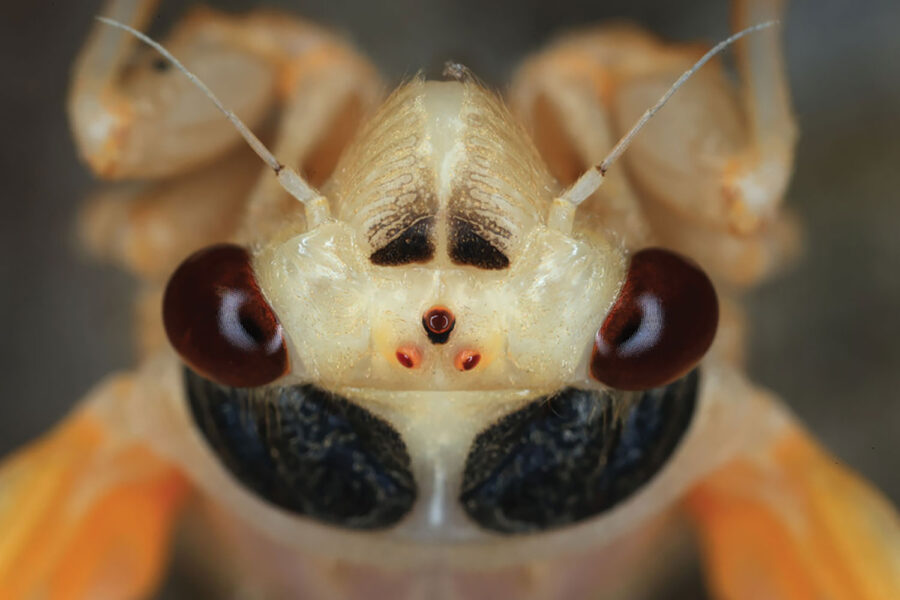The strange cycles of cicadas offer timely insight into the search for ET.

Chip Somodevilla / Getty Images
As I write this, hordes of bug-eyed monsters are invading our nation’s capital. Vast numbers of Brood X cicadas are swarming the trees and filling the air with their pulsing songs. So naturally I’m thinking about aliens.
As far as we can tell, life arose on Earth due to conditions that ought to exist on myriad planets, and it evolved into complexity and cognition through evolutionary processes that should also be universal. Many of us feel we’re not likely to be alone in this universe.
Yet we would love to confirm this hunch with solid evidence. How will we recognize the hallmarks of intelligence in signals or artifacts? It’s not enough to look for regular geometrical forms or repeating patterns. We know nature can make those in abundance — no minds needed. What kind of pattern would be an unmistakable sign of intelligence?
One popular idea is that an extraterrestrial intelligence could well construct a message using prime numbers, which are divisible only by themselves and by 1. There’s no simple, formulaic way to generate primes, and it’s often said that no natural process produces them. It has become canonical in the SETI field that investigators should seek prime numbers when searching for artificial signals. Astronomer Frank Drake constructed the famous Arecibo message, broadcast in 1974, in a sequence containing 1,679 bits, which any numerate alien would see is the product of two primes and thus begs to be displayed as a 73-by-23-bit image.
In Carl Sagan’s novel Contact, astronomers deduce that a radio signal coming from near the star Vega is a message from an extraterrestrial intelligence because it contains a repeating sequence of primes. In the book, astronomer Ellie Arroway explains that “prime numbers are very specific, very artificial.” Sequences of primes don’t come from naturally occurring processes, she says.
Which brings us back to the cicadas. They favor prime numbers. Some species come up every year, but Brood X and the other periodical cicadas spend long intervals buried underground as nymphs sucking on tree roots. After 17 years for Brood X and several others, and 13 years for some other broods, they all suddenly crawl to the surface for a few weeks of sex and song. Their synchronous appearance is part of a survival strategy — with so many appearing all at once, enough will avoid being eaten and mate successfully.
But why the primes? The most promising hypothesis is that these intervals help the cicadas evade predators whose life cycles peak at smaller intervals. Primes have no small number factors, so no critters following two- or three- or five-year patterns will consistently overlap with these longer-term cicada broods. By evolving prime number cycles, these bugs avoid cultivating predators that can consistently lie in wait for them.
So much for the idea that primes must always be the hallmarks of a math-savvy civilization. They may be unlikely to arise from physics or chemistry, but they can evolve biologically.
My point isn’t that if we think we see a message with alien primes it could just be a brood of ET insects that have somehow commandeered a radio telescope. It’s simply that everything we think we can surmise about technosignatures is still a web of educated guesses, and that “we’ll know it when we see it” — however vague and unsatisfying — is still the best principle for recognizing that we’ve got company.
This article originally appeared in print in the September 2021 issue of Sky & Telescope.
 0
0
Comments
You must be logged in to post a comment.